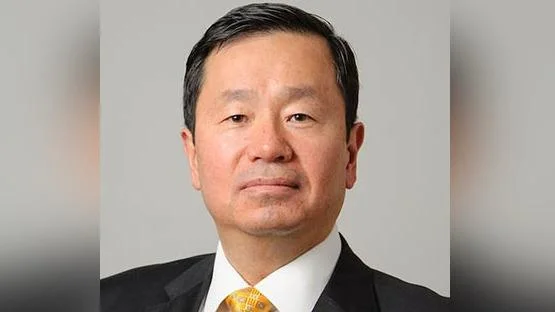Mun Y. Choi, PhD, President | University of Missouri
Mun Y. Choi, PhD, President | University of Missouri
Scientists at the University of Missouri have developed groundbreaking nanoscale chemical tools known as fluorescent polyionic nanoclays. The team, led by Associate Professor Gary Baker and Piyuni Ishtaweera, PhD ’24, has created these clay-based materials which can be tailored for a variety of uses, including advancements in energy, sensor technology, medical treatments, and environmental protection.
Fluorophores, currently used in medical imaging, disease detection, and biosensing, play a crucial role in this innovation. The University of Missouri's discovery allows for greater adaptability. Baker explained, “They possess a high degree of functionality, meaning we can control how many and what kinds of fluorescent molecules are attached to the surfaces of these nanoclays.” The ready-for-use customization makes these materials suitable for numerous applications.
Preliminary tests indicate that these materials are safe for medical applications and could enhance the visualization of internal body structures. “Normalized for volume, our fluorescently tagged clays exhibit 7,000 brightness units, matching the highest levels ever reported for a fluorescent material,” said Baker. This increased brightness makes these nanoclays particularly useful for sensitive optical detection, potentially improving various medical imaging methods.
Beyond their fluorescent capabilities, Baker and his team aim to explore further customization options with molecules such as amino acids and antibodies. Such versatility could lead to applications in solar energy capture, medicine delivery, and other advanced technological uses. This research, “Programmable fluorescent polyionic nanoclays as sensory materials,” was published in Chemistry of Materials. Additional contributions came from Luis Polo-Parada and Nathaniel Larm, with Ishtaweera now at the U.S. Food and Drug Administration.






 Alerts Sign-up
Alerts Sign-up